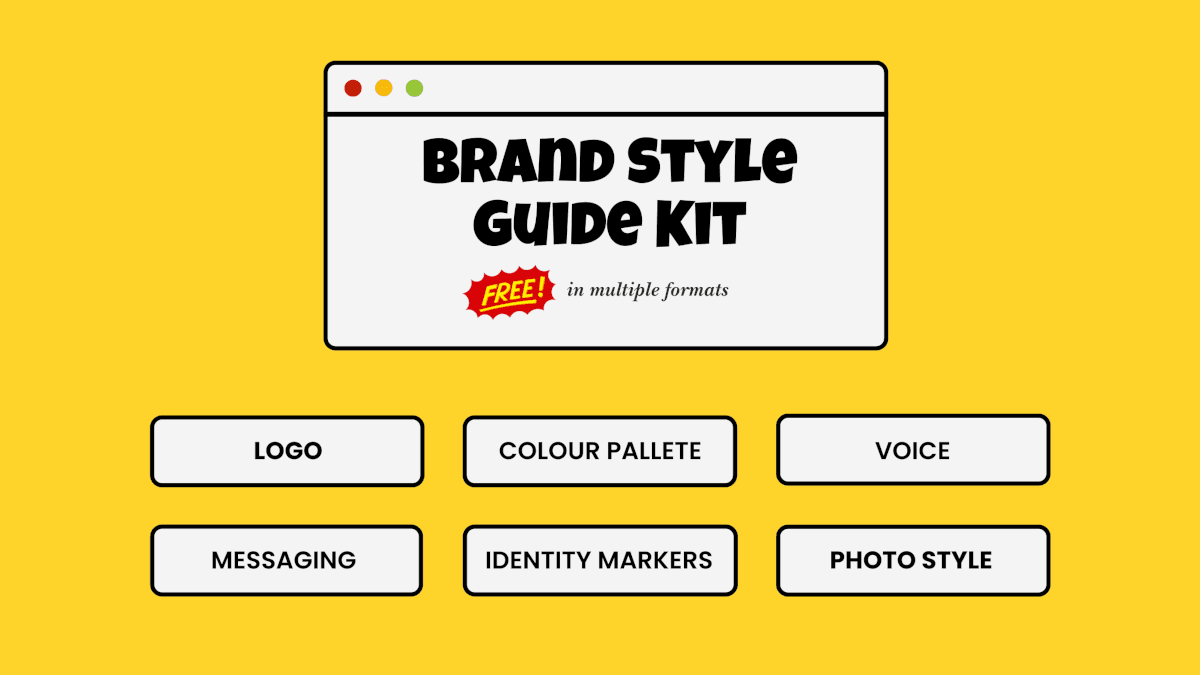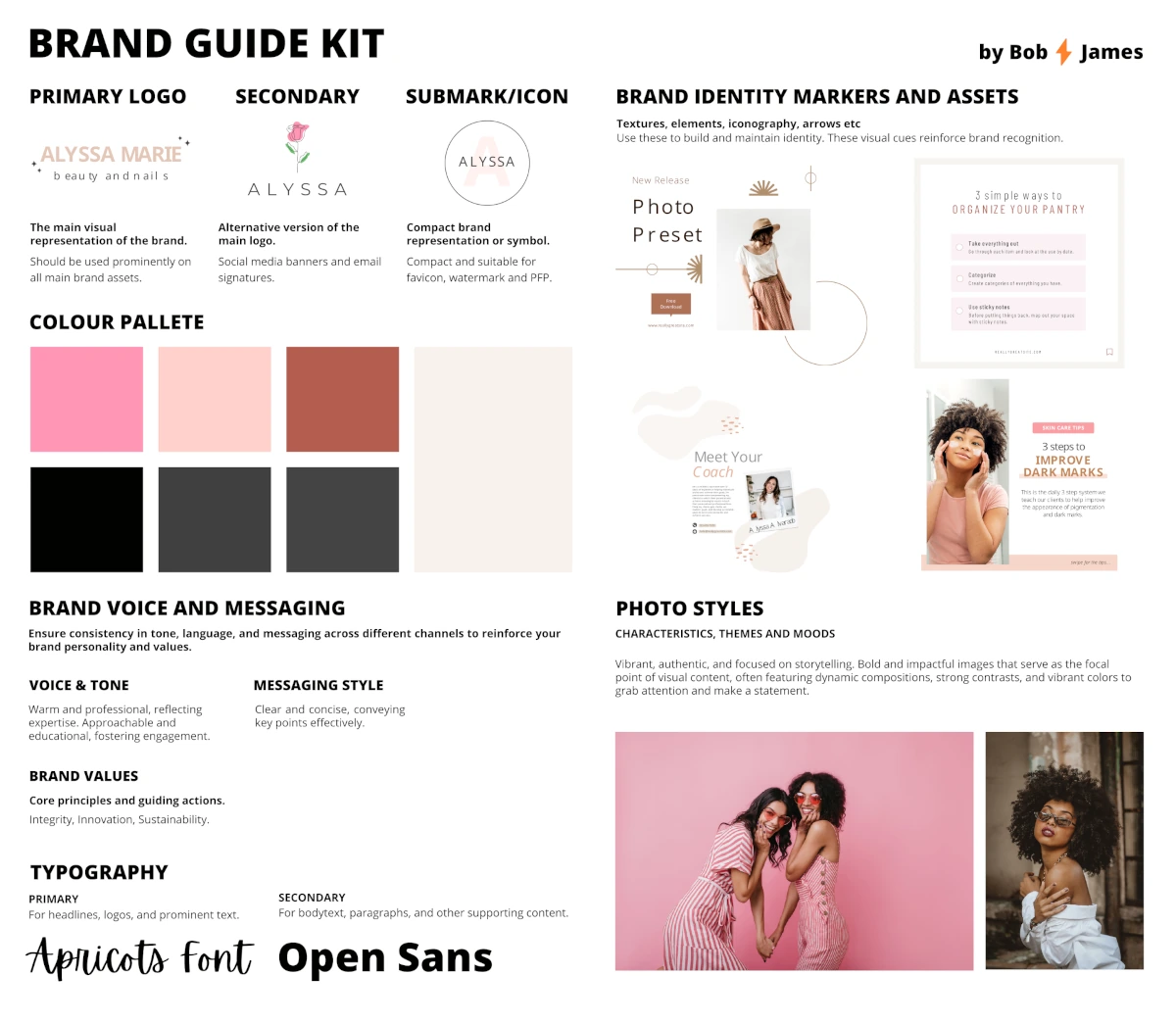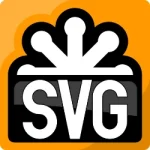Starting out online? Bob's here to help lets go 🙌

Brand Consistency?
The Bob⚡James Brand Style Guide Kit Example 👇

The Brand Style Guide Kit is available in PDF, SVG, and Canva template formats, all provided free for your use.
If you already use Canva then its super simple to populate with your existing assets.
It’s a work in progress that includes sections for you to complete, as follows:
Logo
- Primary logo: The main visual representation of the brand.
- Secondary: Alternative logo version for various applications.
- Submark/icon: Compact brand representation or symbol for small-scale use.
Brand Voice and Messaging
- Ensure consistency in tone, language, and messaging across different channels to reinforce your brand personality and values.
Voice & Tone
- E.g. Warm and professional, reflecting expertise. Approachable and educational, fostering engagement.
Brand Values
- Core principles and guiding actions.
- E.g. Integrity, Innovation, Sustainability.
Messaging Style
- E.g. Clear and concise, conveying key points effectively.
Typography
- Primary – For headlines, logos, and prominent text.
- Secondary – For body text, paragraphs, and other supporting content.
Brand Identity: Markers and Assets
- Textures, elements, iconography, arrows etc
- Use these to build and maintain identity. These visual cues reinforce brand recognition.
Photo Styles
- Characteristics, themes, and moods to guide visual storytelling.
- E.g. Vibrant, authentic, and focused on storytelling. Bold and impactful images that serve as the focal point of visual content, often featuring dynamic compositions, strong contrasts, and vibrant colors to grab attention and make a statement.
Notes, Feedback and Future Additions
Additional sections may include audience personas, brand positioning, and brand touchpoints to further enhance your brand’s identity and communication strategy.
Audience Personas
- Descriptions of target audience segments to guide messaging and design decisions.
Brand Positioning
- How the brand wants to be perceived relative to competitors.
- Unique selling points and key differentiators.
Brand Touchpoints
- A list of all the places where the brand interacts with its audience.
- E.g. Brand website, social media, email, packaging, etc.





